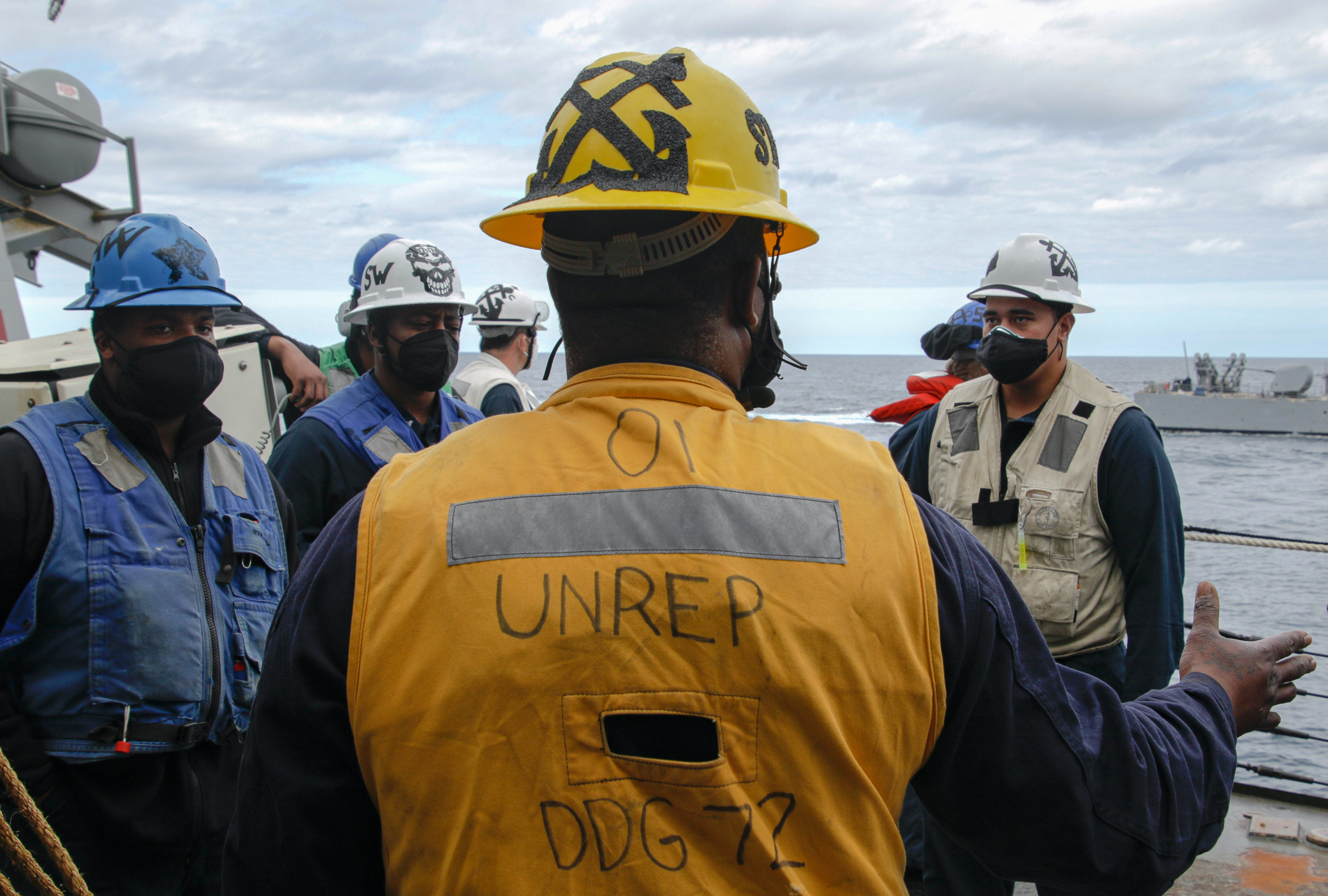
Navy, Marine Corps Had a Good Safety Record in 2020 But Have Plans to Get Better
Navy leaders in all communities are taking a hard look at how they can use data to prevent training accidents…
Copyright 2024 U.S. Naval Institute. All Rights Reserved.